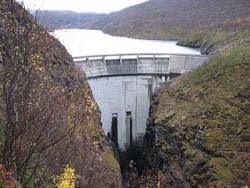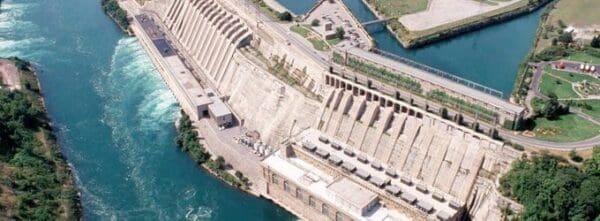A world without fossil fuels or pollution feels like it’s a long way off. Climate Change continues to increase and the world’s population seems to be only taking small steps towards a solution.
However, there are several countries out there that are leading the way in renewable energy. These countries, whilst admittedly smaller, manage to supply a huge majority of the country’s electricity demand with renewable energy and export the rest or store it for future use (even if only for a limited amount of time per year).
Costa Rica

In 2016, Costa Rica ran on 100% renewably generated energy for 76 days from June to August. The country uses a mix of Hydroelectric, Geothermal, Wind and Solar Energy to generate electricity for its 5million strong population.
Hydroelectric power makes up around 65% of the country’s requirement, due to extreme rain fall and multiple dammed rivers. Costa Rica’s interesting topography also makes it perfect for Geothermal Power and produces around 15% of the country’s requirement. This allows the country to produce a vast amount of energy from 6 active volcanoes, independent of weather conditions.
Iceland

Iceland has a rich and diverse geology that offers it huge potential for renewable energy production. The country has successfully capitalised on this to produce almost 100% of its electricity for some 330k residents.
75% of the country’s electricity comes from hydropower. Iceland began using hydropower in 1904 and has since made the method their primary form of energy. Iceland also has incredible geothermal activity and uses this for 25% of its electricity production. Not only is the geothermal source used for electricity but 89% of the country’s home use geothermal systems to heat their homes.
Norway

Norway is the largest producer of hydropower in Europe and the 6th largest in the world; with a capacity to produce over 31GW of electricity from its hydropower plants alone. These hydroelectric plants can generate 100% of the country’s require capacity for its 5.14m inhabitants.
However, the country goes one further. Wind Power, Geothermal and Solar are all big contributors to the power mix in Norway. Additionally, the 100% electric Nissan Leaf and Tesla Model S were the bestselling plug-in hybrid in 2014, beating other petrol/electric hybrids in sales.
Paraguay

Despite Paraguay’s population of over 7million, 97% of the country’s installed energy capacity comes from 2 hydroelectric dams – the Itaipu and the Yacryretá.
Paraguay has an exceptionally low energy demand per capita. In 2005, Paraguay consumed just 5 TWh of energy whilst producing over 50 TWh from hydroelectric sources. The over produced electricity was exported to other countries for profit.
Denmark

Denmark is the world’s leading country in wind energy production, as well as wind turbine production. In 2015, wind energy alone accounted for over 60% of the country’s energy production, an increase over 2014’s production by over 50%.
Occasionally, Denmark’s offshore wind farms have produced such a surplus of the required energy for the 6.7million residents that roughly 80% of the extra electricity has been shared to Germany and Norway, for storage using hydroelectric methods.
Where is the UK?
For comparison to the above, the UK’s renewable energy sector only generates 25% of the population’s energy needs. Positively, however, this percentage is growing rapidly – especially for a nation of 65million.
